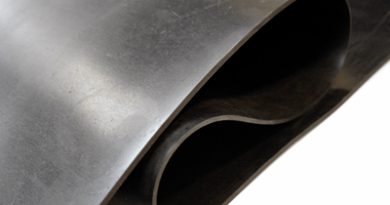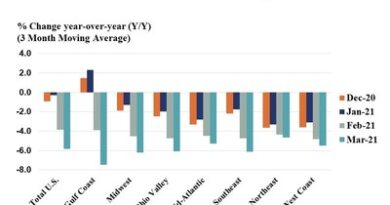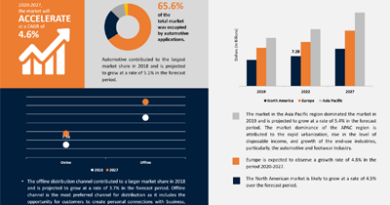Global synthetic rubber market forecast at $23.2 billion by 2026
The global synthetic rubber market size is estimated to be $19.1 billion in 2021 and is projected to reach $23.2 billion by 2026, at a CAGR of 4.0 percent between 2021 and 2026. The recovery of the automotive sector across the world is driving the synthetic rubber market during the forecast period, according to ReportLinker.
Read More



